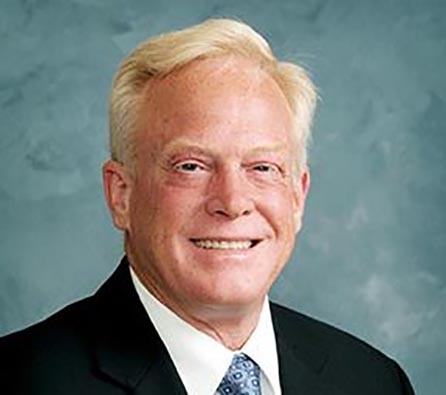The ongoing struggles of rural health care in America are not a secret to anyone in this industry.
In 2019, a record 19 rural hospitals closed. Thus far in 2020, nine hospitals have already closed and the COVID-19 pandemic, with its devastating impact on hospital operating margins, threatens to make it a much more staggering amount.
Financial resources dedicated to providers in the CARES Act and the Paycheck Protection Program and Health Care Enhancement Act will help, rural health advocates say. The National Rural Health Association says that half of rural hospitals and providers operated at a financial loss before the pandemic. The loss of revenue from the pandemic meant hundreds were at risk of closure before the funding came in.
But the funding from Congress hasn’t come without hiccups or concerns. There were complaints that the initial $30 billion to be distributed from HHS didn’t give enough to rural providers. HHS said the next round will be geared towards rural health providers, but America’s Essential Hospitals, a trade group for vulnerable health systems and hospitals, has concerns about how the agency targets its funding dollars.
“Targeting will require complete and accurate data, and we have concerns about technical problems providers now face as they try to comply with the department’s request for targeting data. We call on the department to extend its data submission deadline until it has resolved these technical issues and clearly and publicly communicated how it will use this information,” stated Bruce Siegel, MD, President and CEO of America’s Essential Hospitals. The group also wants HHS to minimize the application process to streamline funding.
Preparing for COVID-19
Steve Barnett, CEO of McKenzie Health System, Sandusky, Mich., has been through transformative times before. He took over the job as CEO of McKenzie in 2008, right as the “Great Recession” was starting and a few years before the Affordable Care Act disrupted the entire industry.
It’s no surprise that he has McKenzie ready for the impact that COVID-19 has had—and may continue to have—on the health system. While McKenzie hasn’t had any COVID-19 patients, employees have put all efforts in preparing for a potential surge of high-acuity care patients from the Detroit area, which is an hour-and-a-half away and is a COVID hotspot. It canceled elective surgeries over a month ago.
“Early on, we created a COVID team internally that included our infection control nurse, my executive team, finance, operations, and the medical director for the ED and hospitalist group. We began meeting daily to determine a) What’s going on in our county, the state level and nationally and b) Evaluate our level of preparedness here, in terms of negative pressure rooms, protective equipment…how we’re going to process patients. It’s been an evolving number of lessons, protocols and process changes that have allowed us to become very well prepared for whatever might come through the door,” Barnett says.
One positive development for McKenzie, like many health systems in America, is the increased use of telehealth solutions, especially to care for patients with chronic co-morbidities. Barnett is grateful for this because many of these patients were hesitant to get onboard with telehealth in the past and this has forced them to try it out.











